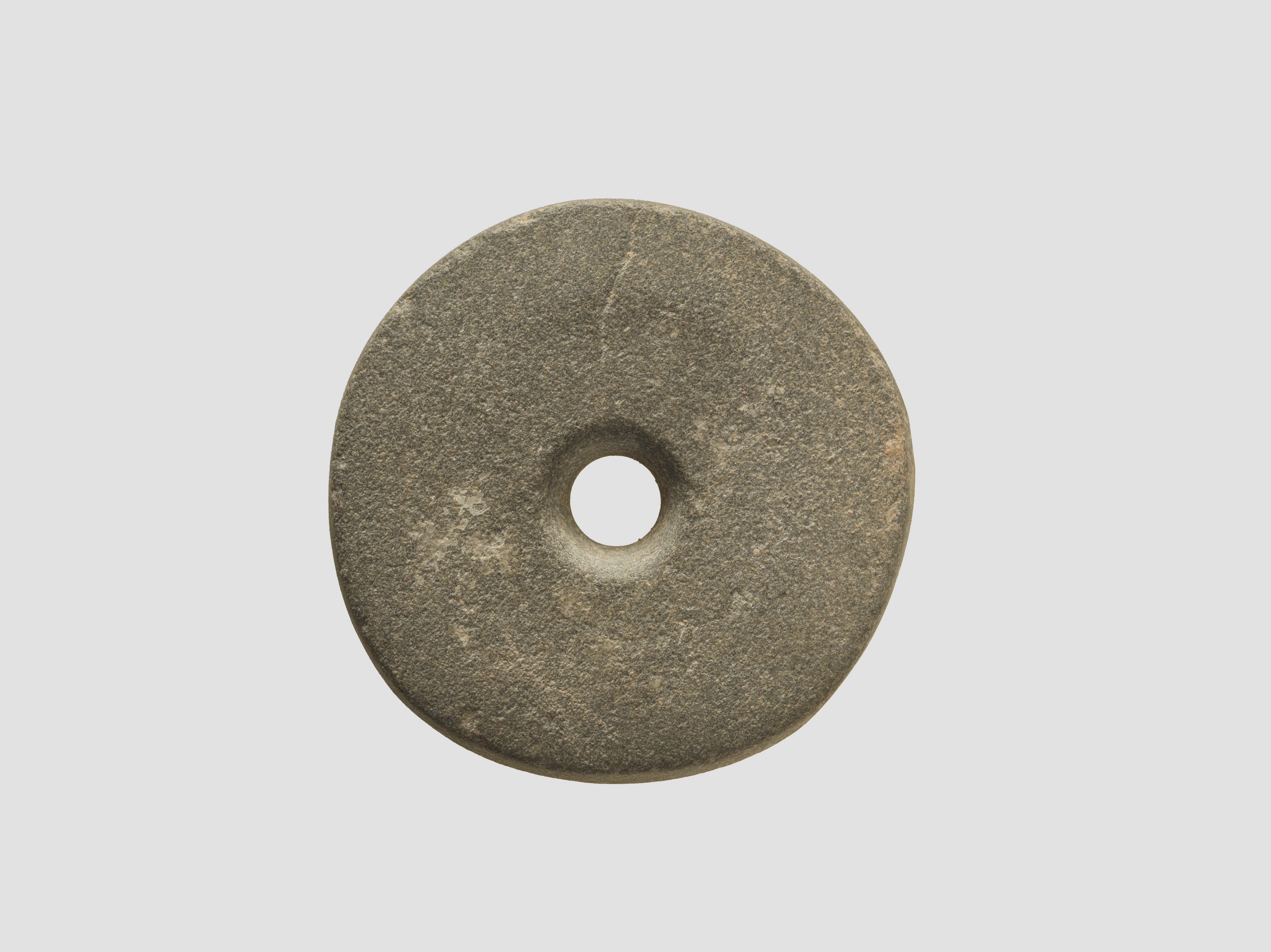Anthropology
Related: About this forumTextile archaeology

The spindle whorl — used by women around the world to spin fiber since prehistory — is the earliest known evidence of axle-based rotation. It is thought to possibly be the inspiration behind the invention of the wheel! Seems plausible to me?!
(Pictures from the Met’s collection)
More pictures at the link
https://substack.com/@textilearchaeology/note/c-131844780?r=1uz6fn&utm_medium=ios&utm_source=notes-share-action
https://substack.com/@digitwithraven/note/c-132364624?r=1uz6fn&utm_medium=ios&utm_source=notes-share-action
We also have indirect sources for textiles of that same vintage consisting of impressions of twined textiles in mud plus images of personal decoration using basketry and netting techniques. In addition to such ancient spun and woven textiles (which archaeologists swore only came into being in the sast 8000 years until very recently), there were also most likely textiles made out of felt, either animal fibers or beaten tree bark, along with de-haired animal skins. What seems supremely unlikely are our ancestors going year round swathed in fur--that shit is too heavy to do much moving around in.
I wish tjey'd have given the diameter, thickness, weight and composition of the above item, along with its approximate age and where it was found.
BootinUp
(50,066 posts)BootinUp
(50,066 posts)Spindle whorl
Iran
5th–3rd millennium BCE
Not on view
This stone spindle whorl was excavated in 1937 at a prehistoric site in the vicinity of Nishapur in northeastern Iran. While Nishapur itself was founded by the Sasanian king Shapur I (reigned ca. A.D. 241-272), this whorl shows that human habitation there goes back to the prehistoric period. Furthermore, the prehistoric pottery from Nishapur has close affinities with ceramic materials from Central Asia rather than with contemporary sites in Iran, meaning that in this period its inhabitants were likely culturally linked to their neighbors to the east. At the same time, Nishapur’s location on what later became known as the Great Khorasan Road suggests that it was part of the trade network that facilitated the import of precious stones such as lapis lazuli, carnelian and turquoise from Central Asia to Mesopotamia.
Spindle whorls were used to make thread. A dowel was inserted through the hole, to which plant fibers or wool were attached. The whorl was then spun in order to twist and compress the fibers into a thread.
https://www.metmuseum.org/art/collection/search/323682
Warpy
(113,673 posts)which makes a lot of sense, getting your dinner home on a single travois is just not going to work unless you can manage to make some rope, and once you've accomplished that, you're well on your way to spinning a wide variety of fibers into a vast array of different weights.
Third millennium BCE is actually pretty late when you're discussing gear for textile arts, square into the Bronze Age. The earliest representation of a sail on a ship (which would have meant a large surplus of woven cloth was available) was on a Kuwaiti potsherd from the mid 6th millennium BC. Likely it was reasonably old tech even then.